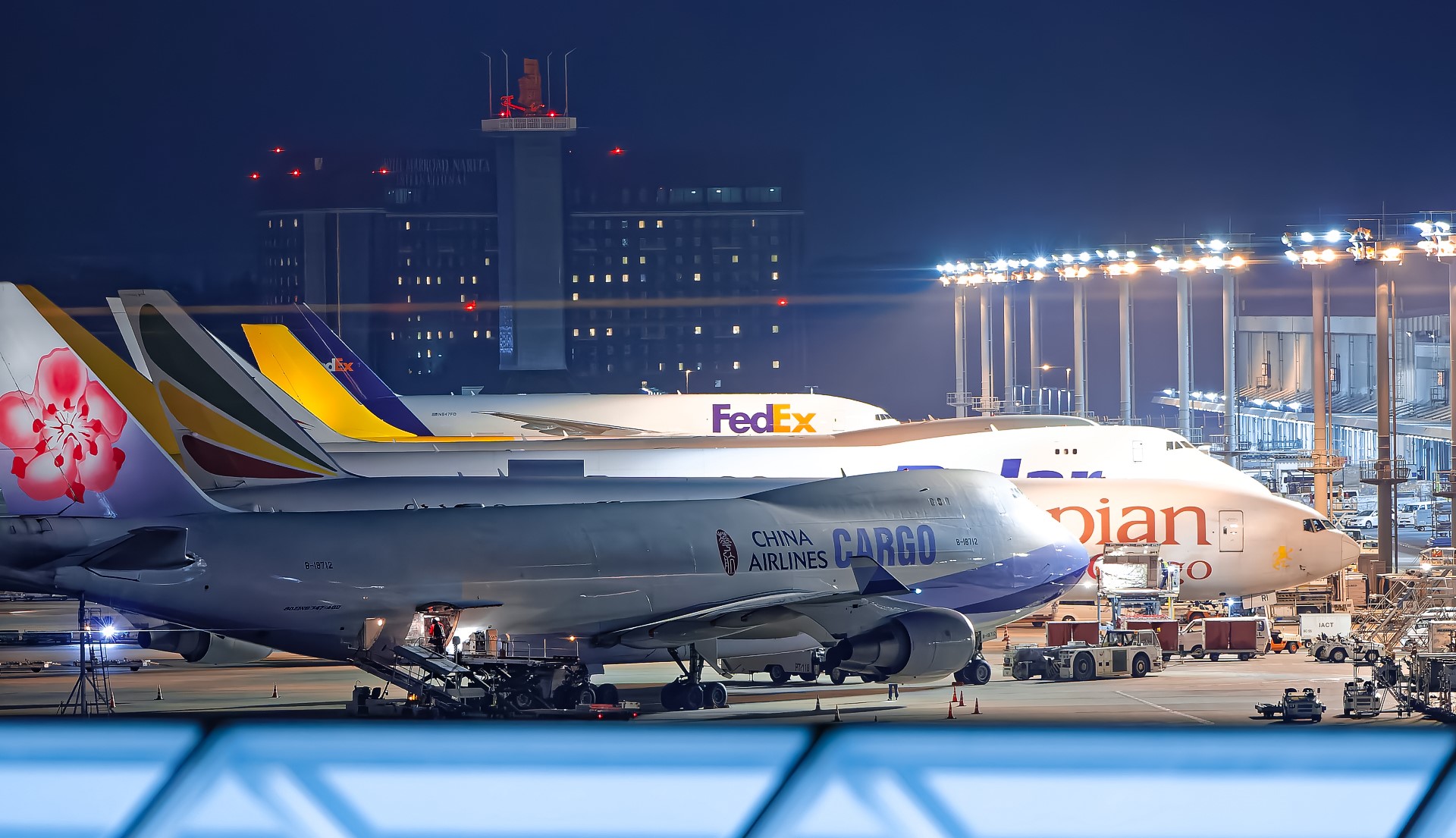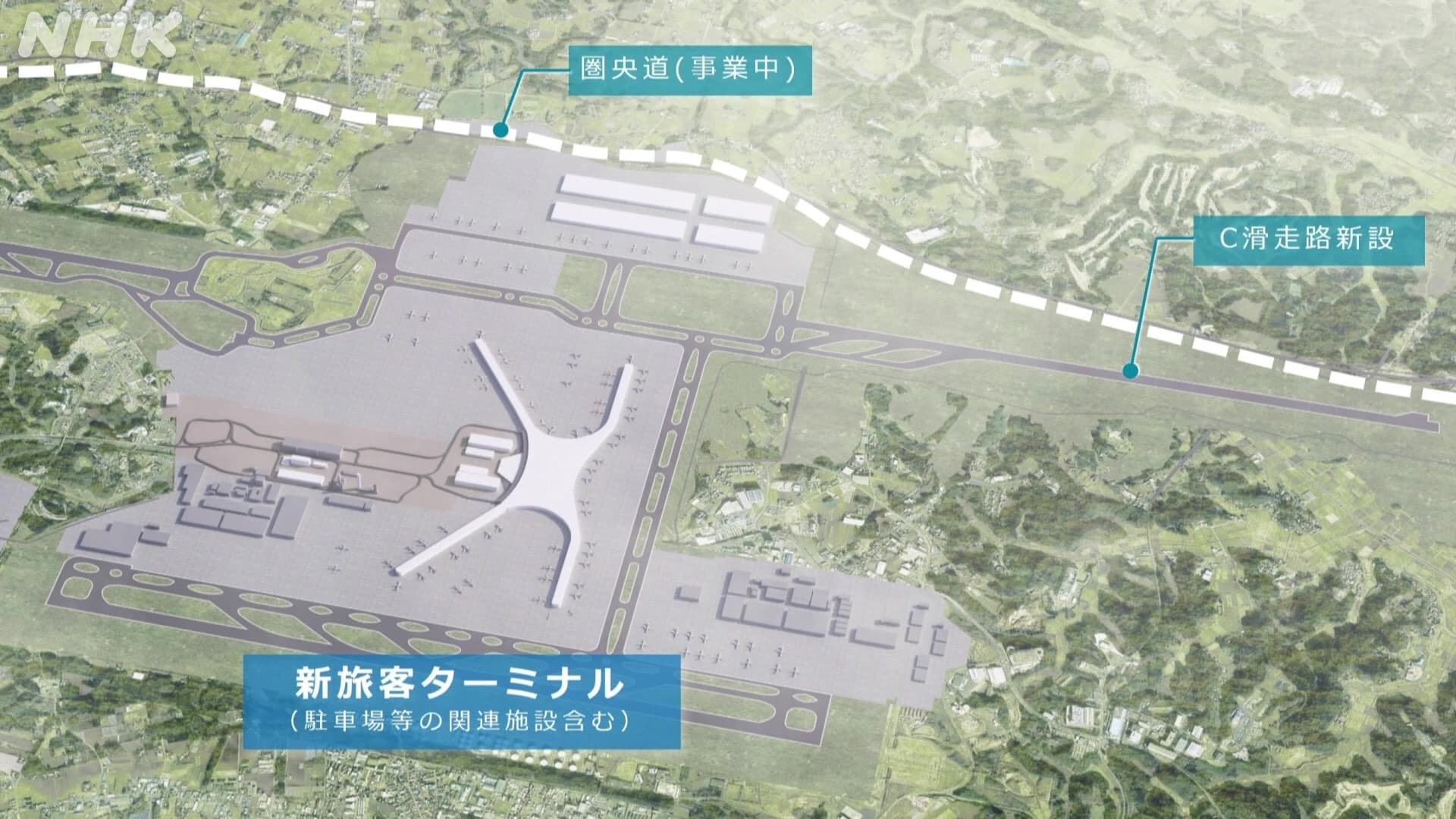


The Narita International Airport Company (NAA) that has unveiled the preparatory work for the expansion of the airport, has set a target for March 2029. Narita Airport plans to consolidate its three terminals into one from early 2030 in stages.
Narita Airport expects to increase the number of takeoffs and landings significantly, but it faces a number of challenges in terms of human resources, safety and noise pollution.
They are ambitious as they plan to increase the yearly cap on arrivals and departures at Narita Airport, from the current 300,000 to 340,000 in October to cater to growing flight demand to Japan.
Sources said ministry officials were working to mainly increase the number of takeoffs and landings in the morning and afternoon under the new ceiling.
Looking into the past, Tokyo Haneda was the principal airport until Narita was built in 1978, 47 years after Haneda, and against the wishes of many local inhabitants. It then went on to be designated as the international airport.
In the initial plan for Narita Airport in the 1960s, a "blueprint" was drawn to install five runways, including one for crosswinds. However, in reality, due to the extreme difficulty of acquiring land, it opened in 1978 with a single runway A, and as of 2021, it is operated with a total of two runways, A and B.
The airport operator will also introduce a third runway to this international airport in 2029 as part of Narita’s “second grand opening.” It plans to eventually scale up the annual takeoff and landing capacity to 500,000.
Now it's time for a major overhaul at Narita, a USD5 billion project that will decommission one of the three terminals at present, build a new one and then incorporate all three terminals into one.
On January 24, officials from airport operator Narita International Airport Corp. (NAA), the Ministry of Land, Infrastructure, Transport and Tourism, Chiba Prefecture and nine nearby municipalities held a meeting at the prefectural government’s office.
The session approved the plan presented by the government and NAA to raise the flight cap to 340,000.
“This project is crucial for us both to win the competition among Asian airports and to foster development of surrounding areas,” Chiba Governor Toshihito Kumagai said.
The central and local governments agreed on the future capacity plan in 2018, and NAA is now forging ahead with efforts to enhance Narita’s functions.
The 2,500-meter Runway B will be extended 1,000 meters northward by March 2029, and the third airstrip, a 3,500-meter Runway C, will be built south of Runway B.
Ninety minutes will be added to the runways’ operational times based on an agreement with local governments.
Expansion is not an easy job done, for now atleast ! Narita International Airport Corp. must overcome several hurdles to progress the enhancement.
“The most pressing issue is securing human resources,” said NAA President Akihiko Tamura, who was once a transport ministry official.
The aviation industry currently suffers from a severe lack of security check personnel and ground-handling operators, such as traffic directors and airport reception staff.
Transport ministry statistics show that the number of airport workers nationwide decreased by nearly 20 percent from pre-COVID-19 levels.
As a result, an airport operator could not accommodate the desired maximum flight numbers of airlines.
Narita Airport’s workforce also shrank during the pandemic to 36,000 as of February 2023.
While the figure has since recovered to an estimated 40,000, around 70,000 workers are considered necessary under the functional improvement plan.
About half of the airport’s employees reside in nine surrounding municipalities, including Narita city, which are now plagued by declining populations.
Narita is considering an “airport tour” and other approaches to encourage young people to pursue careers in the aviation business.NAA is also eyeing labor power from outside Japan.
The central government in spring last year added the aviation business to the list of “specific industries” where foreign workers can help to alleviate labor shortages.
A maximum of 4,400 foreign workers with “specified skills” will be accepted for jobs at airports over the five-year period through fiscal 2028. That is nearly five times the current number of foreign staff at airports nationwide.
The site where the new runway will be built has been inhabited by residents. Some residents have already relocated, and these areas will be lost to the expansion.
One of them is the Nakago district of Shibayama Town, next to Narita City. Since the Meiji era, many residents have made a living from farming.
In January 2023, SHITO Takao, one of the last landowners to hold out against the expansion of Narita Airport, held a New Year party on Sunday with hundreds of fellow activists.
Together, they celebrated the mass demonstrations in the 1970s that disrupted the construction and opening of the airport near Tokyo.
Because he was one of the last landowners holding out against construction, the airport’s second runway had to be shortened and a fence erected around his small landholding.
Mediation and a proposal for compensation was made by the Narita Airport company, but the farmer refused, saying he wanted to keep and cultivate the field of his ancestors. The land has been in his family for around 100 years.
According to the NAA, the enhancements will expand Narita Airport from 1,198 hectares to 2,297 hectares. The total cost of the project is about 670 billion yen for NAA and the country.
The relocation is about 200 houses in the towns of Shibayama and Tako due to the construction of the runway, and a total of about 1,000 houses in one city and three towns of Narita, Shibayama, Tako, and Yokoshibamitsu in terms of surrounding noise, and relocation has begun.
The Japanese government is ambitious with the goal of 60 million visitors, expected by 2030, the figure is more than double the 25 million visits for the year 2023.
Increasing the airport capacity is progressive but that development also comes with risks associated with aviation safety that brings challenges with increased number of flights to be handled by skilled manpower and an appropriate number of air traffic controllers.
More air traffic controllers will be needed for safe flight navigation to and from the airport. However, their overall count in Japan has remained constant at around 2,000 over last 10 years period.

Another problem likely to be exacerbated is noise pollution. Nine municipalities around the airport are still struggling to dispel concerns about noise.
Night flights will be discouraged, more takeoffs and landings are expected in the morning and evening at Narita, since both domestic and foreign airlines prefer these hours.
Narita International Airport Company said, it is
“strengthening approaches to contain noise when flight capacity reaches 500,000.” But these measures may fall short.
One local government leader who generally supports the airport expansion plan has continued to call for “additional measures against noise.”
“I do not think the project will progress smoothly, taking into account the mountain of challenges,” said a mayor of one municipality. “Even so, areas in the proximity have no choice but to develop with Narita Airport.”
There is a "Hokuso VOR/DME" terrestrial radio station on the extension of the "Approach Light" on the north side (16L) of the current Runway B, but when Runway B is extended, it will be necessary to relocate the "Hokuso VOR/DME".
Very High Frequency Omnidirectional Range Station (VOR) is a type of short-range VHF radio navigation system for aircraft, enabling aircraft with a VOR receiver to determine the azimuth, referenced to magnetic north, between the aircraft to/from fixed VOR ground radio beacons. This enables you to see the direction of the aircraft movement.
In 2019, Narita had about 36.7 million international passengers, placing it 18th among international airports in the world. That was a major step back from its eighth place standing in year 2000. It was overtaken by Asian airports such as Incheon (South Korea) and Taoyuan (Taiwan).
Display Picture: SGR RT Mark Ⅱ
